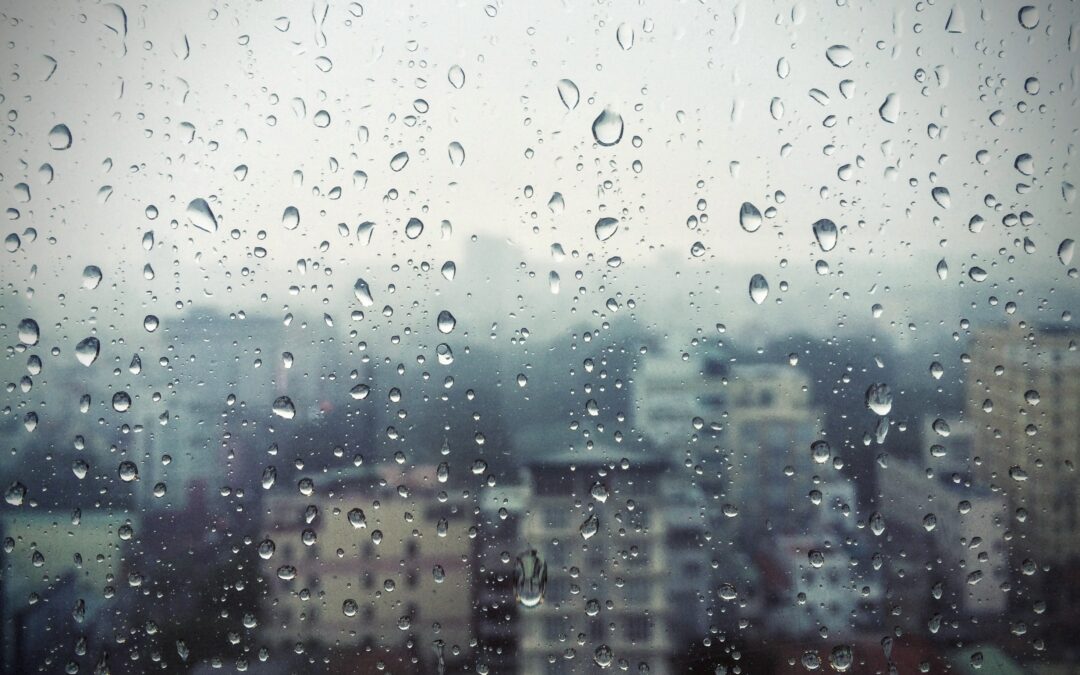Windows play a crucial role in maintaining the comfort, energy efficiency, and aesthetics of your home. However, weather conditions can significantly impact window installation and performance, affecting both the short-term success of the installation process and the long-term durability and functionality of your windows. In this article, we’ll explore how various weather conditions can affect window installation and performance, and what you can do to mitigate these effects.
Temperature and Window Installation
Temperature is one of the most critical factors that can affect window installation and performance. Both hot and cold temperatures can present challenges during the installation process, as well as impact the long-term durability and energy efficiency of your windows.
Effects of Cold Temperatures on Window Installation
Cold temperatures can complicate the window installation process in several ways:
- Adhesive Performance: Most window sealants and adhesives require a minimum temperature for proper curing and bonding1. Installing windows in cold temperatures can result in weak or ineffective seals, leading to air and water leakage.
- Material Expansion and Contraction: Cold temperatures can cause window materials, such as vinyl and aluminum, to contract. This can result in gaps between the window frame and the wall, compromising the window’s energy efficiency and allowing drafts to enter your home.
- Worker Safety and Efficiency: Cold weather can make it challenging for installers to work efficiently and safely. Cold hands and numb fingers can lead to slower installation times and an increased risk of accidents.
Effects of Hot Temperatures on Window Installation
Hot temperatures can also pose challenges during window installation:
- Adhesive Performance: Just as cold temperatures can affect adhesive performance, hot temperatures can also cause problems. Sealants and adhesives may cure too quickly in high heat, making it difficult to adjust the window position during installation2.
- Material Expansion: High temperatures can cause window materials to expand, which can lead to warping or distortion of the window frame. This can compromise the window’s long-term performance and energy efficiency.
- Worker Safety and Efficiency: Extreme heat can pose risks to worker safety and efficiency, resulting in dehydration, fatigue, and an increased risk of accidents.
Moisture and Window Installation
Moisture is another significant factor that can impact window installation and performance. Both rain and humidity can present challenges during the installation process, as well as affect the long-term durability and functionality of your windows.
Effects of Rain on Window Installation
Rain can create several issues during window installation:
- Compromised Seals: Installing windows in wet conditions can result in compromised seals, as water can become trapped between the sealant and the window frame or wall. This can lead to air and water leakage and potential damage to your home.
- Delayed Installation: Rain can cause delays in the installation process, as installers may need to wait for the weather to clear before proceeding. This can extend the project timeline and increase costs.
- Increased Risk of Accidents: Wet conditions can increase the risk of accidents during window installation, as workers may slip or lose their grip on tools and materials.
Effects of Humidity on Window Installation
High humidity can also impact window installation and performance:
- Adhesive Performance: High humidity can slow down the curing process of sealants and adhesives, potentially compromising their effectiveness3.
- Condensation: High humidity can lead to condensation forming on the windows, which can cause damage to the window frame and surrounding materials over time.
Mitigating the Effects of Weather Conditions on Window Installation
To minimize the impact of weather conditions on window installation and performance, consider the following tips:
- Schedule Installation During Mild Weather: Whenever possible, schedule your window installation during periods of mild weather to avoid extreme temperatures and precipitation.
- Choose High-Quality Materials and Sealants: Selecting high-quality, weather-resistant materials and sealants can help ensure the long-term durability and performance of your windows.
- Work with Experienced Professionals: Hiring experienced window installers who are familiar with the challenges posed by various weather conditions can help ensure a successful installation, regardless of the weather.
In conclusion, weather conditions can significantly impact window installation and performance, with temperature and moisture being two key factors that can affect both the installation process and the long-term durability and functionality of your windows. By scheduling installation during mild weather, choosing high-quality materials and sealants, and working with experienced professionals, you can help mitigate these effects and ensure the success of your window installation project.

